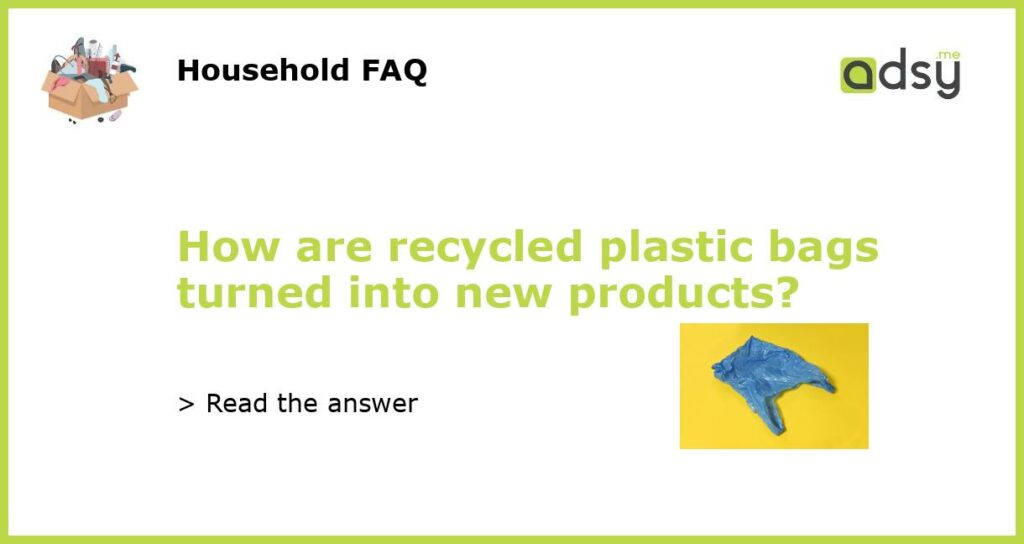Recycling Plastic Bags: An Overview
Plastic bags are one of the most common types of plastic waste found in our environment. Recycling these bags can help reduce waste and minimize their impact on the planet. But how are recycled plastic bags turned into new products?
The Collection and Sorting Process
The first step in recycling plastic bags is collection. Bags are typically collected from households, businesses, and other sources and transported to a recycling facility. Once the bags arrive, they are sorted based on their type and color. Sorting ensures that only clean and uncontaminated bags are processed.
The Shredding and Melting Process
After sorting, plastic bags are washed, dried, and then shredded into small pellets. These pellets are then melted down and formed into new products, such as plastic lumber, park benches, and playground equipment. This process is known as extrusion, and it typically involves adding color and other additives to the melted plastic pellets.
The Benefits of Recycling Plastic Bags
Recycling plastic bags has several benefits, including reducing waste in landfills, conserving resources, and reducing greenhouse gas emissions. By recycling plastic bags, we can also create new products and reduce our reliance on virgin materials, such as petroleum.
The Future of Plastic Bag Recycling
Despite the benefits of recycling plastic bags, the process is not without its challenges. Contamination, low demand for recycled products, and insufficient infrastructure can all pose obstacles to effective recycling. However, there is hope for the future. Innovative technology, increased public awareness, and government support can all help overcome these challenges and promote more sustainable waste management practices.






